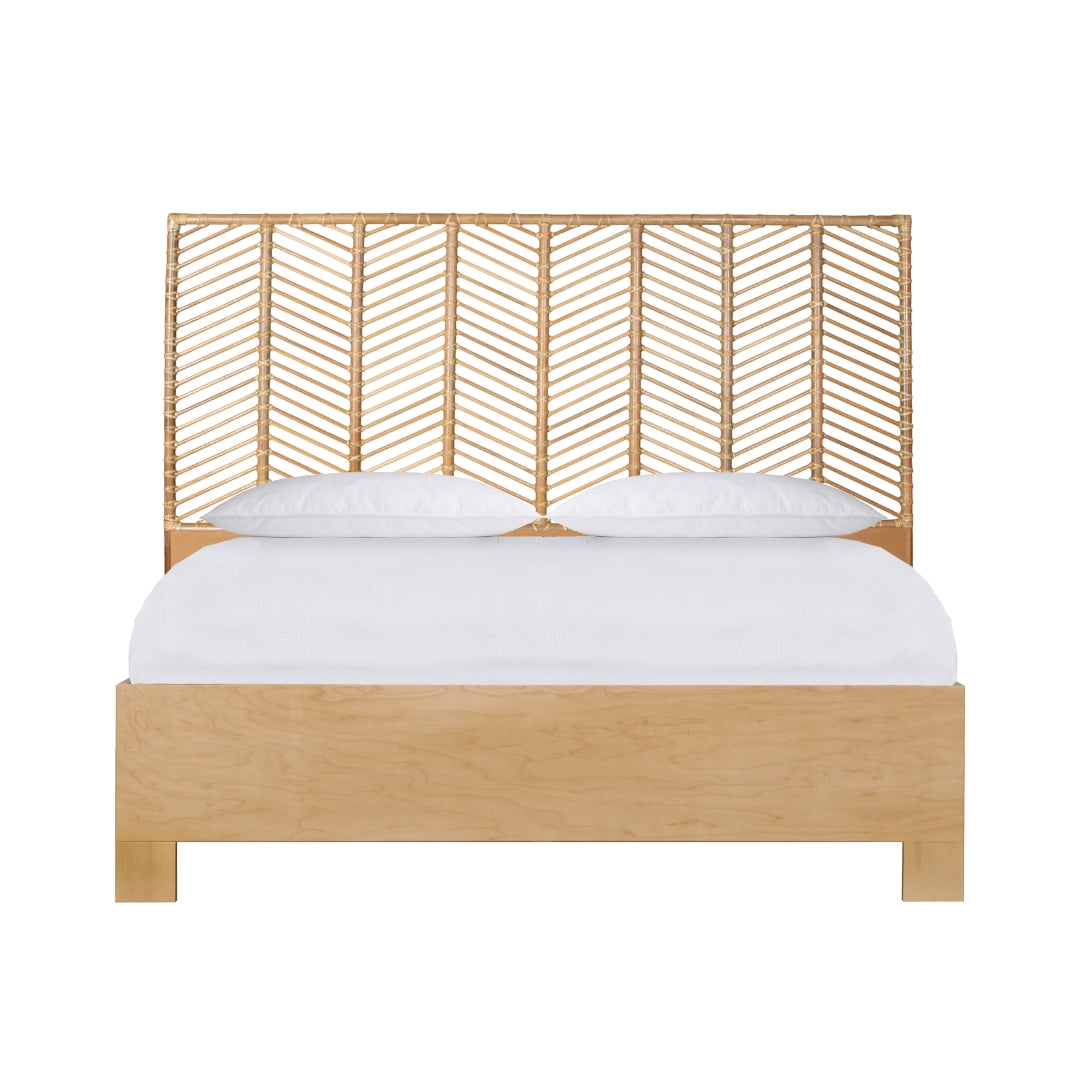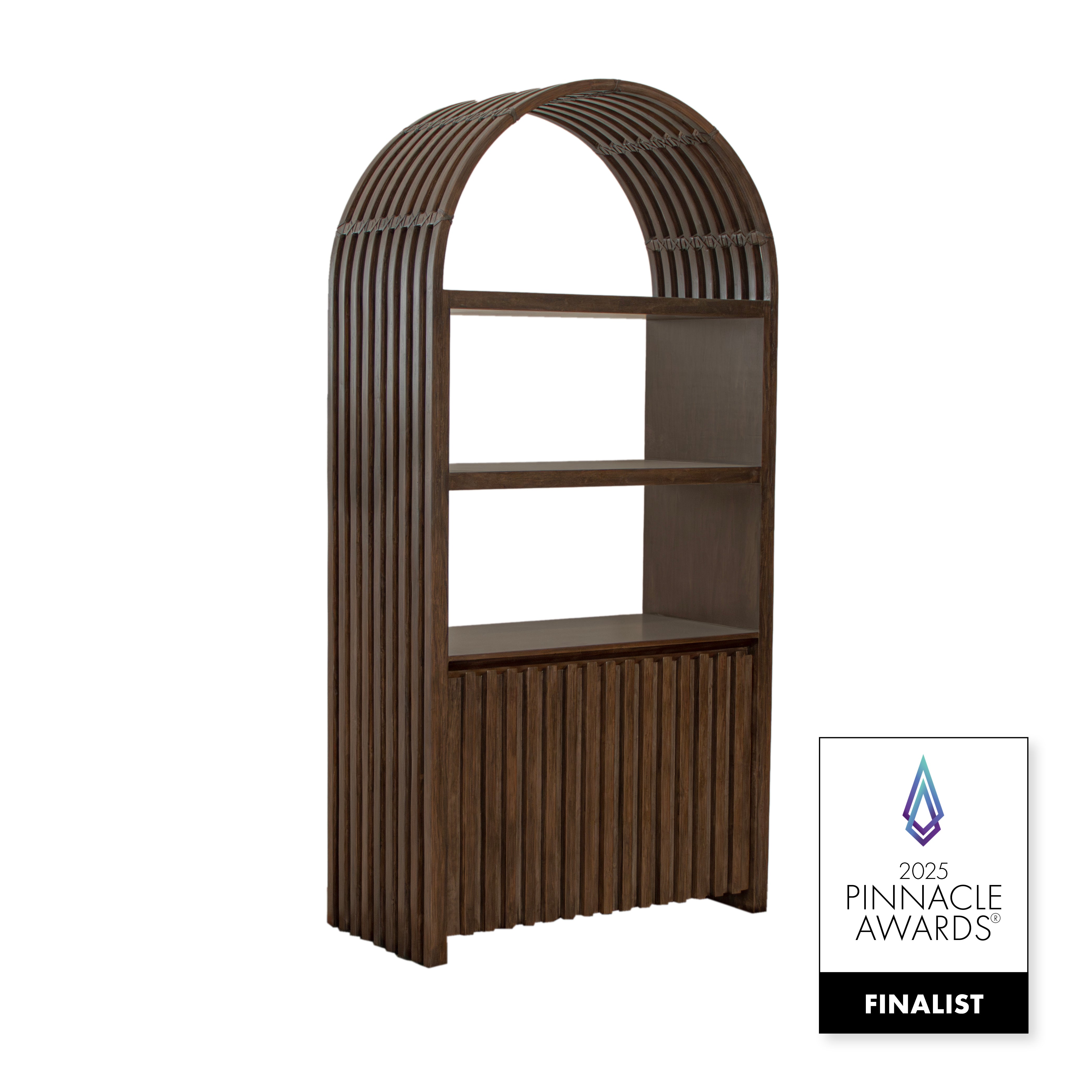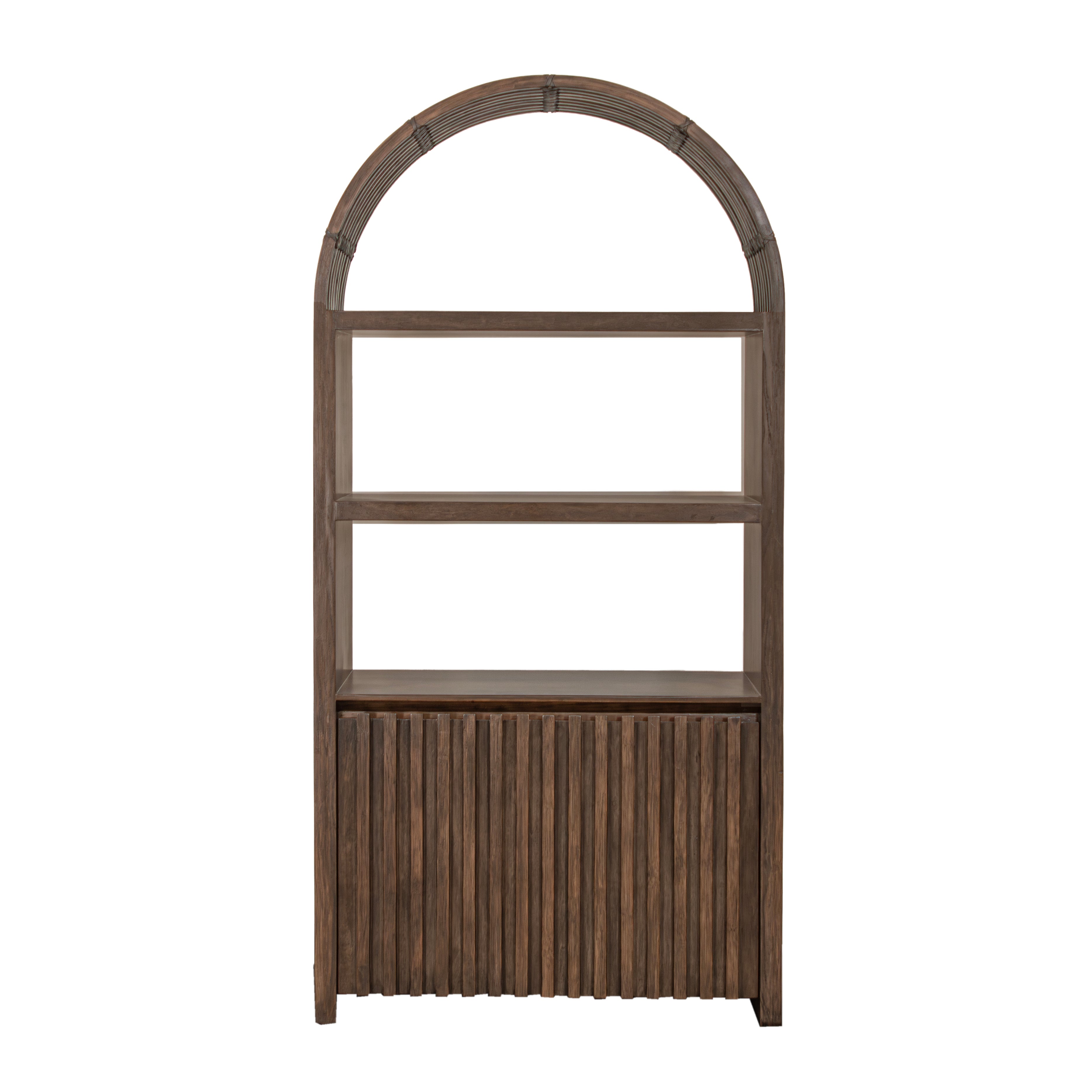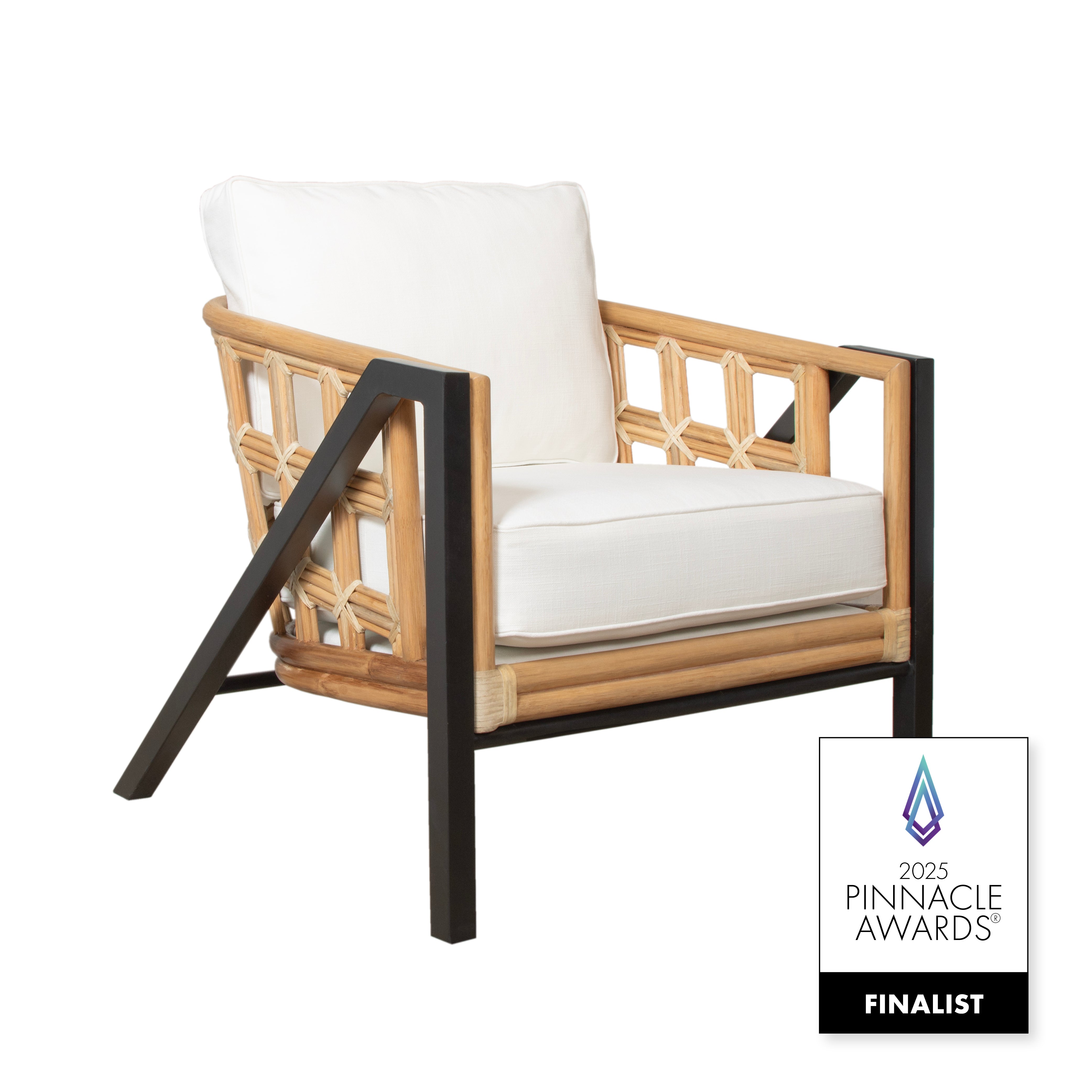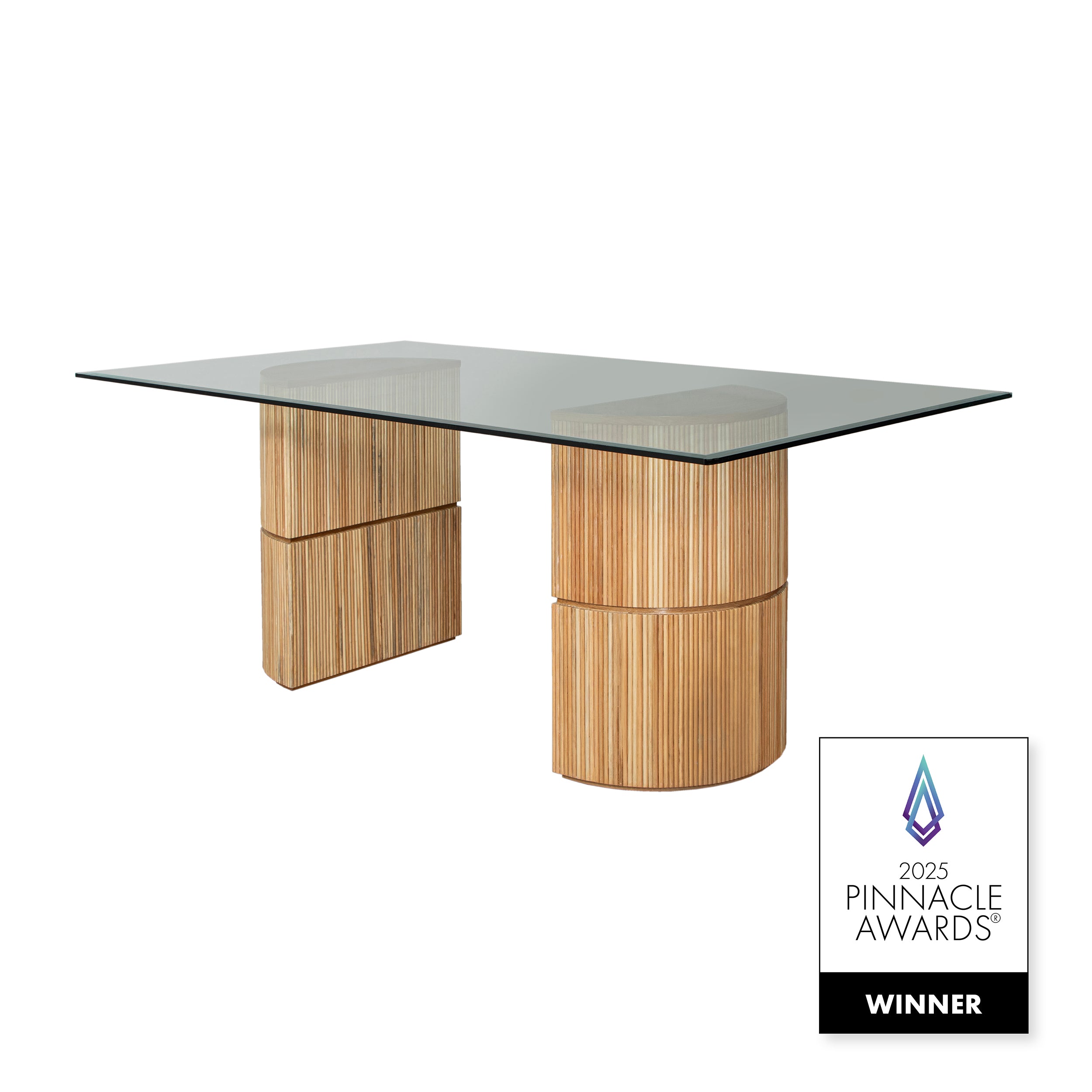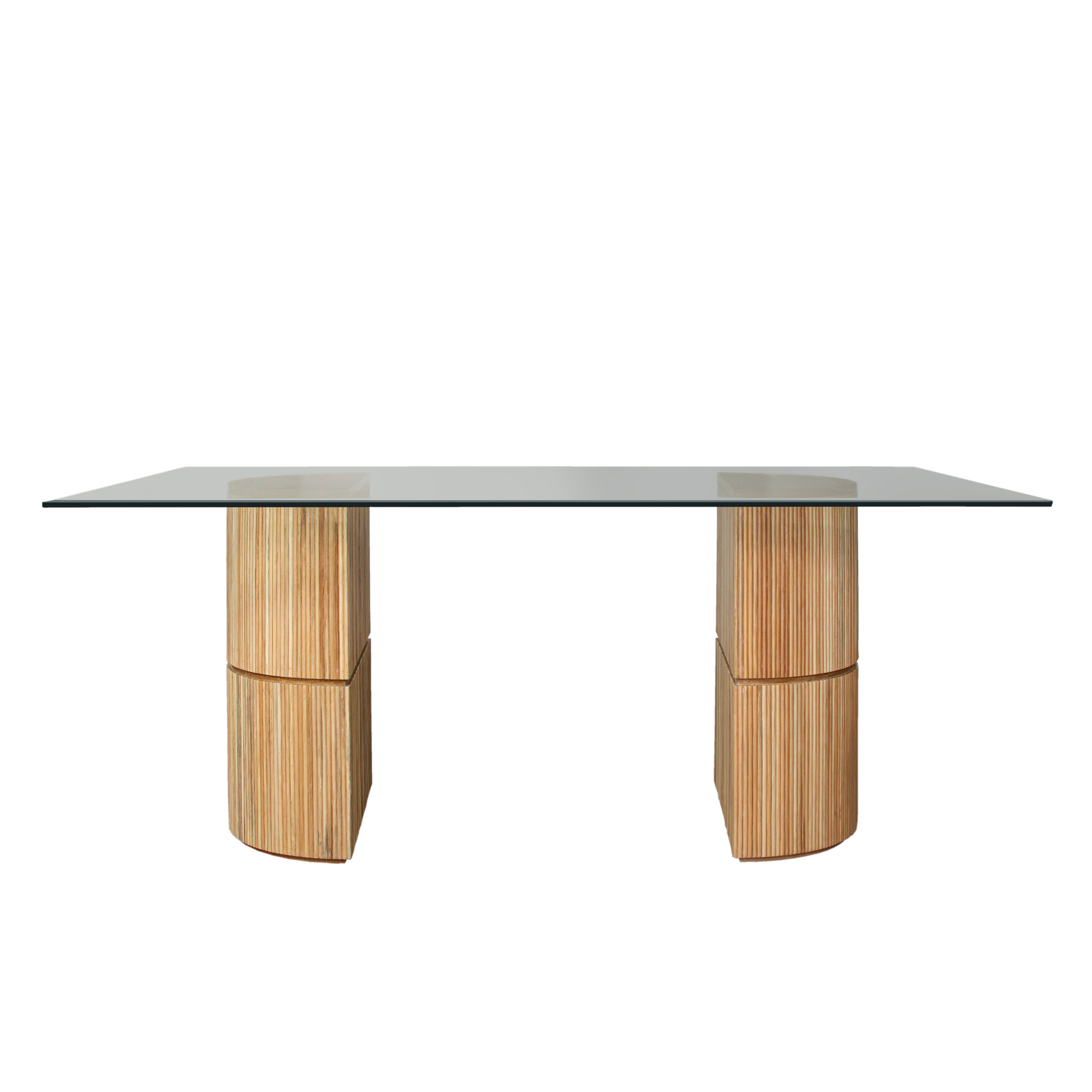Tim Talks: Rattan with or without skin
Today, we’re diving into the world of rattan—specifically the difference between rattan with skin and without skin. Lariza sits down with Tim, Owner and Master Finisher, to break down the textures, finishes, and design possibilities each option brings to the table. Let’s get into it!
Lariza: What’s the difference between rattan with skin and without?
Tim: Great question. Both come from the same vine, but they deliver totally different vibes.
- Rattan With Skin: The rattan’s natural bark stays intact, creating a more organic, textured look with visible markings. It’s sturdy, authentic, and has a lot of visual interest.
- Rattan Without Skin: The outer skin of rattan, also called cane, is removed, revealing a smooth, clean surface. It’s more refined and uniform, ideal for sleek silhouettes and bold, even finishes.
Here’s another fun detail: when rattan poles are sized—that is, trimmed down to achieve consistent thickness—they often lose part of their skin in the process. Sometimes you’ll see pieces where a bit of the bark remains, creating a gorgeous blend of both worlds: a touch of texture, a touch of refinement. That’s the magic of rattan—whether fully skinned, fully stripped, or somewhere in between, it delivers warmth, strength, and that handcrafted character designers love.

Lariza: How does the skin affect color absorption, and does that limit finish options?
Tim: Not at all. Our finishing team hand-applies every stain and paint, so we can achieve any finish on both types: light, rich, dark, or bright.
- With Skin: The natural bark resists deep absorption, but our artisans know how to layer finishes to get rich, dimensional color while preserving the rattan’s character.
- Without Skin: More absorbent, which makes it great for deep stains and crisp colors. Still, it’s the technique, not just the material, that delivers the final look.
Bottom line: Both can be finished in any tone we offer. The difference is in the feel, not in the finish capability.

Lariza: Will my piece look exactly like the finish sample?
Tim: Pretty close, but with a beautiful twist. Because rattan is natural and every piece is finished by hand, slight variation is expected. Texture, absorption, and the artisan’s hand all contribute.
Your finish will match the tone and style of the sample, but it won’t be an exact clone, and that’s the beauty. This isn’t plastic. It’s craftsmanship.

Lariza: Is one stronger than the other?
Tim: Both are strong, flexible, and built to last, but they shine in different ways.
Skin adds natural reinforcement. It’s tough and resilient, great for structural elements or heavily used pieces.
Rattan without skin is slightly softer but allows tighter curves and cleaner shaping. We build for strength either way, so you’re never sacrificing durability, just choosing the right aesthetic for the piece.
Thanks, Tim! Whether you’re drawn to the earthy texture of rattan with skin or the clean refinement of rattan without, both offer beauty, strength, and versatility. With our skilled artisans hand-finishing every piece, the possibilities are wide open. We hope this edition of Tim Tips was educational and helpful!
Until next time, happy rattan-ing!
Sincerely,
Tim and Lariza


